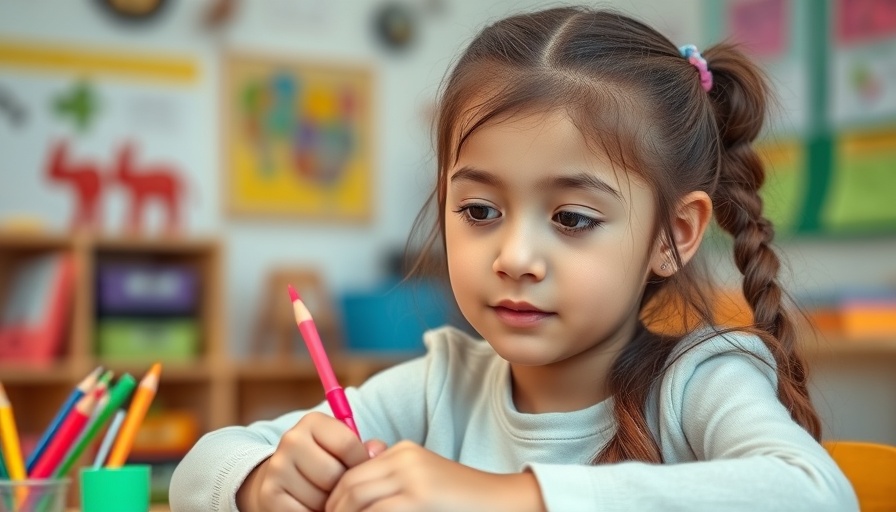
Unleashing the Power of Mindfulness in Education
Mindfulness practices have made a significant impact in classrooms, showcasing their ability to not only enhance students' emotional well-being but also improve their focus and learning capabilities. Recent initiatives, like the one led by the nonprofit Space Between, highlight how even first graders like Elijah and Romir can teach us valuable mindfulness techniques. The simple yet effective exercises they share do more than calm nerves; they foster a culture of positivity and resilience among children and teachers alike.
Heartwarming Lessons from Young Minds
Elijah and Romir's techniques, such as the Zig-Zag Breath and Square Breathing, exemplify how accessible and fun mindfulness can be for children. These practices introduce essential emotional regulation skills early on, allowing students to navigate challenges with greater ease. According to Romir, "When you feel hurt, you can use the Zig-Zag Breath to feel better." This sentiment resonates deeply, as it suggests that children are not only learning mindfulness for themselves, but they are also emerging as small mentors for their peers.
Benefits of Introducing Mindfulness in Schools
Teachers and educational leaders investing in mindfulness training can tap into various advantages. Research indicates that students who participate in mindfulness programs demonstrate lower levels of anxiety and stress. They also show improved concentration and better behavior in school settings. By integrating practices like Elijah's Square Breathing into the curriculum, educators equip students with tools that extend beyond the classroom—ensuring resilience during life's storms.
Real-Life Success Stories: A Case for Mindfulness
Across the country, schools implementing mindfulness programs report remarkable transformations. In one Iowa school, a mindfulness initiative reduced the frequency of behavioral issues by 30%. Furthermore, the Alabama state education department partnered with local nonprofits to incorporate mindfulness practices into their social-emotional learning framework, resulting in improved student attendance and higher academic performance. These testimonials underscore the importance of bringing mindfulness into education and how it benefits not just individual students, but entire school communities.
Actionable Steps to Foster Mindfulness in Your Classroom
To cultivate a mindful environment, teachers can start small by introducing breathing exercises and meditation into their daily routines. Simple sessions as short as five minutes can suit even the busiest schedules. It’s about creating a space where students feel safe to pause, collect their thoughts, and focus. Recognizing the emotional needs of students promotes an inclusive culture, vital for all learners, including those with special needs.
Tools and Resources to Explore
Many resources are available for educators looking to introduce mindfulness into their programs. Websites like mindful.org offer guided meditations and free resources tailored for children, while books and training sessions by mindfulness teachers provide structured ways to engage students.
In conclusion, mindfulness isn't merely a trend—it's an essential practice that nurtures emotional wellness and academic success. As Elijah and Romir have shown, even the littlest advocates can inspire profound change within their classrooms. If you’re an educator looking to brighten your students' days, consider exploring how mindfulness techniques can play a part in your teaching approach. Take action today and set the stage for more mindful and resilient classroom atmospheres.
 Add Row
Add Row  Add
Add 




Write A Comment